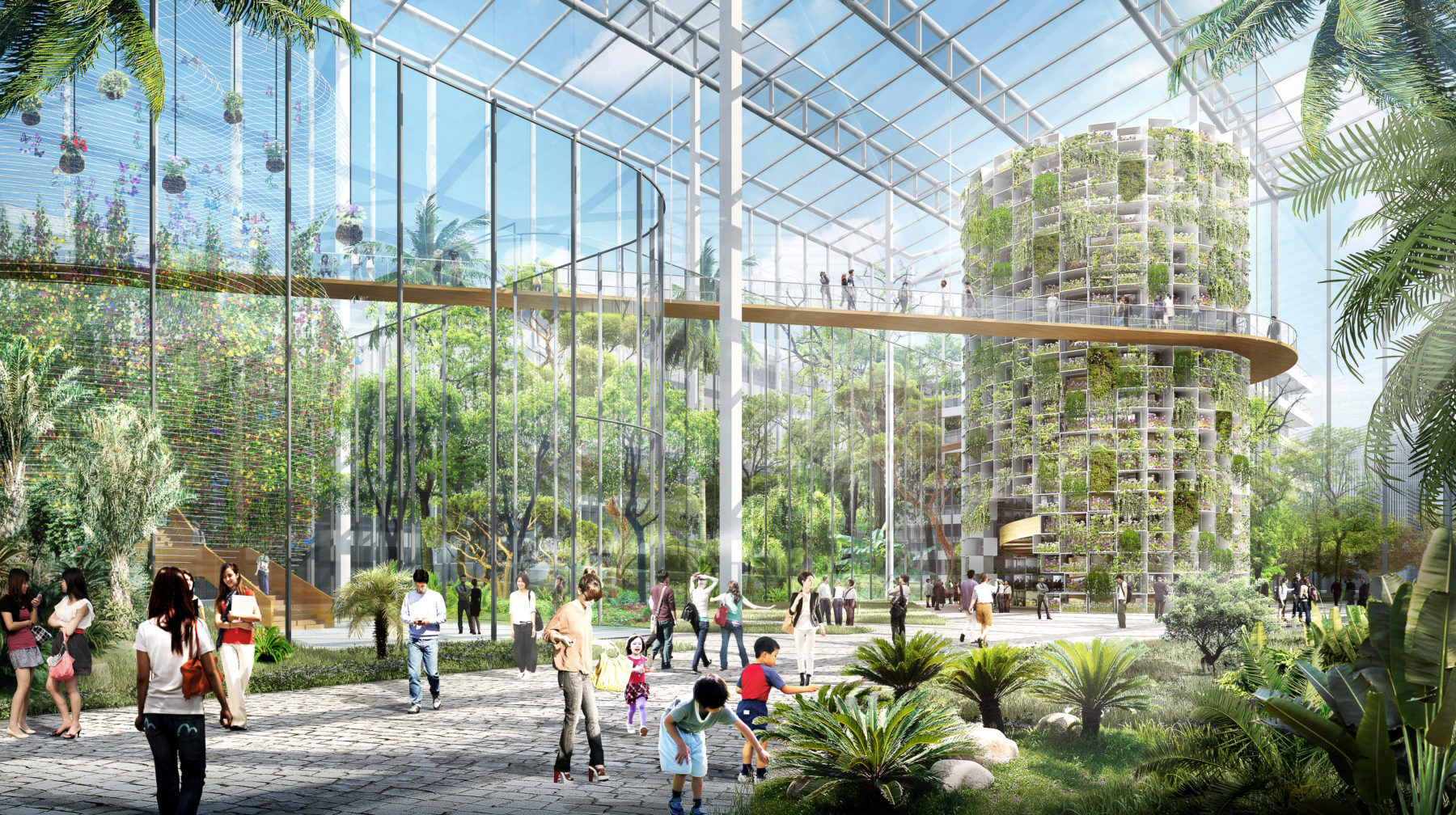Grove Speaks at ICLEI Resilient Cities, ULI Asia Pacific
“Landscape architects are in a unique position to be one of the most influential professions to tackle climate change," says Sasaki principal and Chair of Landscape Architecture, Michael Grove
 Sasaki
Sasaki

Throughout my career as a landscape architect and planner, I’ve always been an optimist. The act of planning is, by nature, forward-looking. When putting pen to paper, you are laying out your hopes and dreams for the future—blending the reality of present-day needs with a vision for what might be. As designers, we think of ourselves as stewards, with the belief that human potential can solve anything. I hope it can. But if you’re planning for a utopian future without considering the mess we’ve gotten ourselves into, or if you’re an idealist without also being pragmatic, or if you’re sketching out your dreams without researching scientific realities, you’re not doing it right.
This blog originally appeared on the Urban Land Institute website and Banker & Tradesman as an op-ed by Sasaki principal Michael Grove, ASLA. Read more here.
According to the Center for Biological Diversity, more than half of the planet’s species will be extinct by the end of the century. The earth is currently losing animal species at 1,000 to 10,000 times the natural rate. If you’re planning without prioritizing habitat loss and biodiversity, you’re not doing it right.
Our current extinction crisis is almost entirely caused by humans and the activities we’ve taken that result in habitat loss. We are often more focused on aesthetically-pleasing design outcomes than we are on real ecological resilience. If your design vision requires constant weeding and pruning, favoring the few plant species that have aesthetic value for humans at this particular moment in time, you are in essence terminating vital insects and causing an external disturbance to the larger ecosystem. We’ll probably never get it quite right, but we should at least try harder.
Currently, we’re working on the master plan for the Chengdu Panda Reserve—a 69 square kilometer site in central China, with the ultimate goal of releasing bred-in-captivity juvenile pandas back into the wild. But it’s not just for the benefit of pandas. Protecting their habitat also benefits a third of China’s amphibian species, 365 bird species, and over 100 mammal species. The plan by no means strives for perfection, but its goals for habitat protection are intentionally ambitious.
By the end of the century, experts believe that our agricultural land will produce only half as much food as it does currently, even as the population is growing. If you’re planning without prioritizing sustainable agriculture, you’re not doing it right.
Traditional farming will remain an important part of our food web, but the reality is that agriculture hasn’t seen much innovation over the past 10,000 years. I believe that the future of farming is urban. By 2050, 80 percent of us will be living in cities. To reduce our carbon footprint, we need to grow our food closer to where we live.
In Shanghai, we’re designing the Sunqiao Urban Agriculture District which is focused on closed-loop indoor farming. Over the last two decades, China has lost over 123,000 square kilometers of farmland to urbanization. But Sunqiao’s hydroponic systems will increase yields by 40-100 times what traditional soil-based farms can produce, all without the use of pesticides or fertilizers. Again, it isn’t perfect, but it’s moving the needle.
By the end of the century, the United Nations predicts the Earth will be 4.3 degrees warmer than it is today if we don’t change course. 4.3 degrees of warming translates to about $600 trillion in damage from climate impacts. If you’re planning without prioritizing resiliency, you’re not doing it right.
We must accept that climate-induced catastrophes will be a fixture of our future. That said, the discourse around resilience is primarily an anthropocentric one. Though ecological change is a dynamic process, the anthropocentric mindset of resilient design prioritizes safeguarding the present to maximize its durability, even though the present system may be flawed.
It is unrealistic to expect that human settlement should retreat completely, but it is our role as planners is to at least educate clients and communities about the potential impacts. Our research into Sea Level Rise in Boston created guidelines for planners to reference when thinking about the future, and ongoing work for the Wuhan Yangtze Riverfront leverages frequent flood events as a driver of placemaking strategies.
Even though there is much to fix in the world we are leaving to our children and our grandchildren, I remain optimistic. If there ever were a time in history for the design professions to step up, it is now. It is our responsibility as designers to provide a meaningful and lasting benefit to our society, to humanity, and to the planet.
“Landscape architects are in a unique position to be one of the most influential professions to tackle climate change," says Sasaki principal and Chair of Landscape Architecture, Michael Grove
While ecology and resilience are among the most salient topics in contemporary landscape architecture, their inherent relationship and differences have deep implications on practice